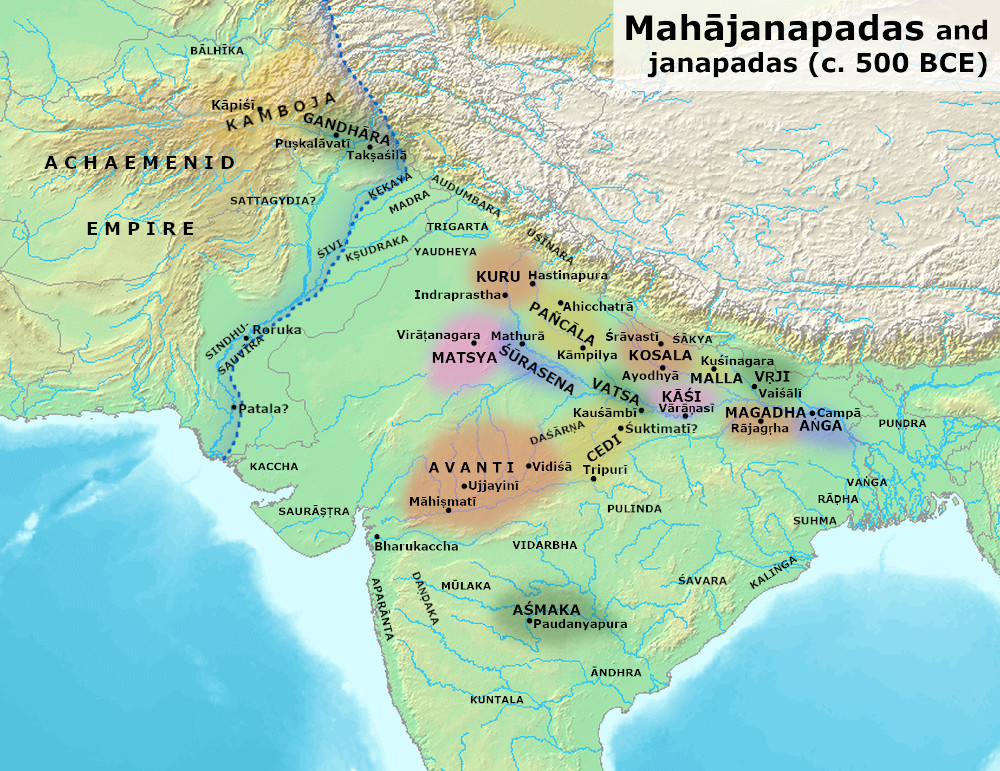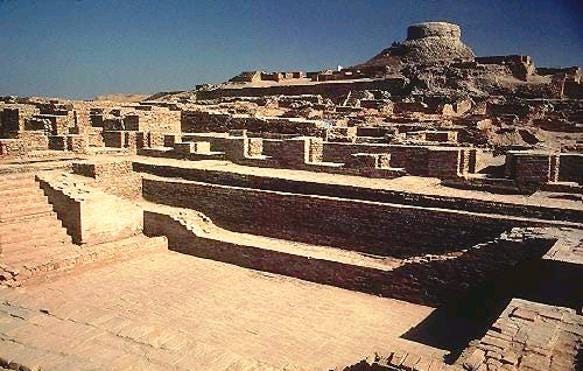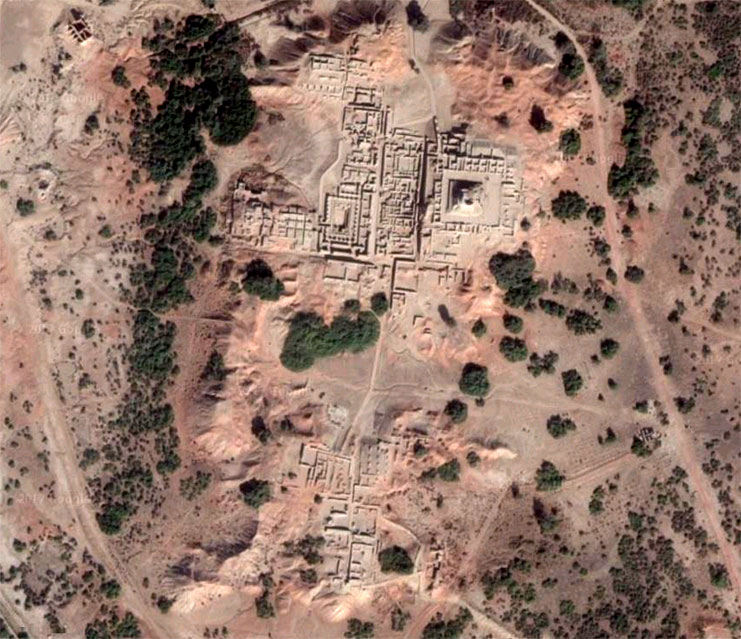
India is land famous for its knowledge , riches , spices and clothes , Some areas of india also connected to the parts of famous silk route from china to Italy .Ancient Indian border touches to the Persia in Central Asia , therefore conflicts between Persian empire and india was not unusual .

In the 600 BC onwards Achaemenid empire began their invasions on their east and west borders i.e towards India and Greece .The North western part of india which was wealthy part did not have any powerful kingdom like Magadh to bring the entire region under one organised kingdom. There were many small kingdoms who were fighting with each other .The Persian rulers took advantage of political instability in this region and begin their attacks on north west part of India.
Cyrus what is the founder of Achaemenid empire in Iran he was the first ruler to attack on Indian border land and captured Gandara region( modern Afghanistan).
Many Indian tribes living in the west part of the Indus river submitted to Cyrus many inscriptions mention that Gandara was under the control of Cyrus
Darius-I grandson of the Cyrus also attacked on Indus Valley and conquered it.In 520 BC west of Indus River was controlled by Darius-I and this area become the most precious area of Persian empire .
Greek and Persian descriptions mention that 360 talent of gold was paid as a tribute to the Persian empire from this province further greek authors also mentioned that many Indian tribes were also employed in the Persian army when it attacked on the greek lands. Darius-I also send a naval expedition to India.
Xerxes the son of Darius-I put all his powers towards Greek kingdoms ( Remember the story of 300 ) but he also strengthen his positions on the india provinces .After the defeat of Xexes Indian cavalries and infantry came back to india . Thus the defeat of Persians in Greece benefited India and North west Province start becoming free from the control of Persian empire .
Effects of the Persian Invasion
1. it resulted in Indo-Irnian trade relations , Archaeologists found Iranian coins in the North west frontier of India .
2. The Khroshthi Script was introduced in India .
3. Iranian Sculptures also influenced Indian Art and Sculpture .
4. Legend and Stories of Wealth of India also paved the way for the Invasion of Alexander ,but India was prepared to face this attack under the Great Empire Magadha .









/IndusValleySeal-4d023acb287048068238ee55624855b3.jpg)


